When it comes to choosing tiles for your home, one of the key decisions you’ll need to make is whether to go for unglazed or glazed tiles. This choice can have a significant impact on the look and feel of a space, as well as its durability and maintenance requirements. To help you make an informed decision, let’s delve into the differences between unglazed and glazed tiles, their respective characteristics, and the various factors to consider before making a purchase.
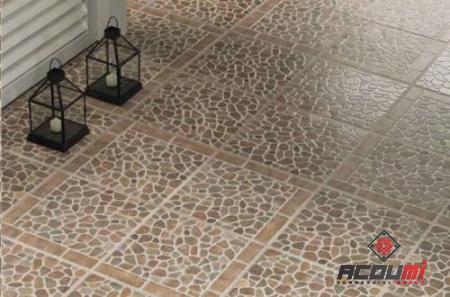
.
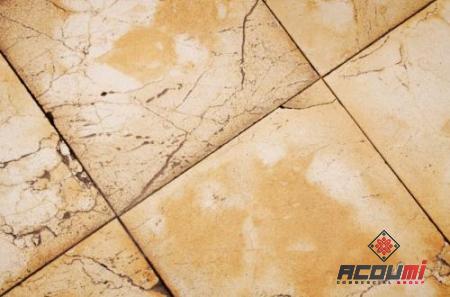 Unglazed tiles are a popular choice for those seeking a more natural and rustic look in their spaces. These tiles are made from natural clay that is compacted and fired to high temperatures, resulting in a dense and durable material. Because unglazed tiles are not coated with a protective layer, their color and texture are consistent throughout the entire thickness of the tile. This means that even if the surface is chipped or scratched, the color underneath will remain the same, making them an ideal choice for high-traffic areas. In terms of appearance, unglazed tiles have a more earthy and matte finish compared to their glazed counterparts. This makes them well-suited for creating a cozy and warm aesthetic in spaces like kitchens, bathrooms, and living areas. Unglazed tiles also come in a wide range of natural colors, making it easier to find a shade that complements your existing decor. One of the key benefits of unglazed tiles is their slip-resistant surface, which makes them a safe option for areas that are prone to moisture and spills.
Unglazed tiles are a popular choice for those seeking a more natural and rustic look in their spaces. These tiles are made from natural clay that is compacted and fired to high temperatures, resulting in a dense and durable material. Because unglazed tiles are not coated with a protective layer, their color and texture are consistent throughout the entire thickness of the tile. This means that even if the surface is chipped or scratched, the color underneath will remain the same, making them an ideal choice for high-traffic areas. In terms of appearance, unglazed tiles have a more earthy and matte finish compared to their glazed counterparts. This makes them well-suited for creating a cozy and warm aesthetic in spaces like kitchens, bathrooms, and living areas. Unglazed tiles also come in a wide range of natural colors, making it easier to find a shade that complements your existing decor. One of the key benefits of unglazed tiles is their slip-resistant surface, which makes them a safe option for areas that are prone to moisture and spills.
..
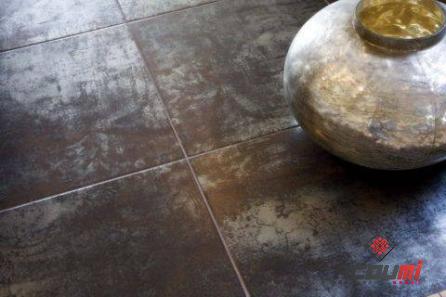 This feature is especially important in spaces like bathrooms and kitchens, where water and other liquids are present. Additionally, unglazed tiles are less prone to showing wear and tear over time, as their color and texture are inherent to the material itself. On the other hand, glazed tiles are coated with a layer of liquid glass that is applied to the surface of the tile before it is fired in a kiln. This process results in a smooth and shiny finish that can range from glossy to matte, depending on the type of glaze used. Glazed tiles are available in a wide variety of colors, patterns, and designs, making them a versatile choice for those looking to add a pop of color or texture to their space. One of the main advantages of glazed tiles is their resistance to staining and moisture, thanks to the protective layer of glaze that seals the surface of the tile. This makes glazed tiles an excellent choice for areas that are exposed to water and humidity, such as bathrooms, kitchens, and outdoor spaces. Additionally, glazed tiles are easy to clean and maintain, as the smooth surface allows for dirt and grime to be wiped away effortlessly. In terms of durability, glazed tiles are more prone to chipping and scratching compared to unglazed tiles, as the glaze is only applied to the surface of the tile. However, advancements in glazing technology have made it possible to create glazed tiles that are highly durable and resistant to wear and tear. It’s important to consider the level of foot traffic and potential for impact when choosing between glazed and unglazed tiles for your space. Another factor to consider when choosing between unglazed and glazed tiles is the level of maintenance required. While unglazed tiles are more resistant to wear and tear, they may require periodic resealing to maintain their appearance and protect them from stains. Glazed tiles, on the other hand, are relatively low-maintenance and can be cleaned with a mild detergent and water. Ultimately, the choice between unglazed and glazed tiles will depend on your personal style preferences, the intended use of the space, and your maintenance requirements. Both types of tiles have their own unique characteristics and benefits, so it’s important to weigh the pros and cons of each before making a decision. In conclusion, unglazed tiles offer a natural and rustic look with excellent slip resistance and durability, making them ideal for high-traffic areas. Glazed tiles, on the other hand, provide a wide range of colors and designs, as well as superior stain resistance and ease of maintenance.
This feature is especially important in spaces like bathrooms and kitchens, where water and other liquids are present. Additionally, unglazed tiles are less prone to showing wear and tear over time, as their color and texture are inherent to the material itself. On the other hand, glazed tiles are coated with a layer of liquid glass that is applied to the surface of the tile before it is fired in a kiln. This process results in a smooth and shiny finish that can range from glossy to matte, depending on the type of glaze used. Glazed tiles are available in a wide variety of colors, patterns, and designs, making them a versatile choice for those looking to add a pop of color or texture to their space. One of the main advantages of glazed tiles is their resistance to staining and moisture, thanks to the protective layer of glaze that seals the surface of the tile. This makes glazed tiles an excellent choice for areas that are exposed to water and humidity, such as bathrooms, kitchens, and outdoor spaces. Additionally, glazed tiles are easy to clean and maintain, as the smooth surface allows for dirt and grime to be wiped away effortlessly. In terms of durability, glazed tiles are more prone to chipping and scratching compared to unglazed tiles, as the glaze is only applied to the surface of the tile. However, advancements in glazing technology have made it possible to create glazed tiles that are highly durable and resistant to wear and tear. It’s important to consider the level of foot traffic and potential for impact when choosing between glazed and unglazed tiles for your space. Another factor to consider when choosing between unglazed and glazed tiles is the level of maintenance required. While unglazed tiles are more resistant to wear and tear, they may require periodic resealing to maintain their appearance and protect them from stains. Glazed tiles, on the other hand, are relatively low-maintenance and can be cleaned with a mild detergent and water. Ultimately, the choice between unglazed and glazed tiles will depend on your personal style preferences, the intended use of the space, and your maintenance requirements. Both types of tiles have their own unique characteristics and benefits, so it’s important to weigh the pros and cons of each before making a decision. In conclusion, unglazed tiles offer a natural and rustic look with excellent slip resistance and durability, making them ideal for high-traffic areas. Glazed tiles, on the other hand, provide a wide range of colors and designs, as well as superior stain resistance and ease of maintenance.
…
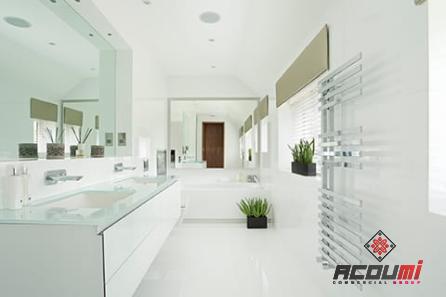 By considering these factors and your specific needs, you can select the perfect tiles to enhance the beauty and functionality of your space. When it comes to the cost factor, both unglazed and glazed tiles vary in price depending on factors such as material, size, quality, and design. Typically, glazed tiles tend to be slightly more expensive due to the additional process of applying the glaze and the wide range of design options available. On the other hand, unglazed tiles may be more cost-effective for those looking for a simpler and more natural aesthetic. It’s also important to consider the aesthetic preferences of your space when choosing between unglazed and glazed tiles. Unglazed tiles are perfect for creating a warm and earthy ambiance, adding a touch of rustic charm to your home. The natural colors and textures of unglazed tiles can complement a variety of decor styles, from farmhouse to industrial to contemporary. Alternatively, glazed tiles offer a wider range of design possibilities, from bold and colorful patterns to subtle textures and finishes. The smooth and shiny surface of glazed tiles can help reflect light and create a sense of openness and brightness in a space, making them ideal for smaller rooms or areas that lack natural light. When selecting tiles for specific areas of your home, it’s important to take into account the intended use and level of foot traffic. For example, unglazed tiles are an excellent choice for outdoor spaces such as patios and walkways, where slip resistance and durability are key considerations. On the other hand, glazed tiles can add a touch of sophistication to areas like backsplashes, shower walls, and accent walls, where aesthetics play a significant role. In terms of installation, both unglazed and glazed tiles can be installed using traditional methods such as mortar or adhesive. It’s essential to hire a professional tile installer to ensure that the tiles are set properly and securely, especially in areas prone to moisture and heavy use. Proper installation is crucial to the longevity and performance of your tiles, so it’s worth investing in a skilled professional for this task. In conclusion, the choice between unglazed and glazed tiles ultimately comes down to your personal style preferences, the intended use of the space, and your maintenance requirements. Consider the aesthetic appeal, durability, maintenance, cost, and installation factors before making a decision. Whether you opt for the natural and rustic charm of unglazed tiles or the sleek and versatile design of glazed tiles, both options offer unique benefits that can enhance the beauty and functionality of your home.
By considering these factors and your specific needs, you can select the perfect tiles to enhance the beauty and functionality of your space. When it comes to the cost factor, both unglazed and glazed tiles vary in price depending on factors such as material, size, quality, and design. Typically, glazed tiles tend to be slightly more expensive due to the additional process of applying the glaze and the wide range of design options available. On the other hand, unglazed tiles may be more cost-effective for those looking for a simpler and more natural aesthetic. It’s also important to consider the aesthetic preferences of your space when choosing between unglazed and glazed tiles. Unglazed tiles are perfect for creating a warm and earthy ambiance, adding a touch of rustic charm to your home. The natural colors and textures of unglazed tiles can complement a variety of decor styles, from farmhouse to industrial to contemporary. Alternatively, glazed tiles offer a wider range of design possibilities, from bold and colorful patterns to subtle textures and finishes. The smooth and shiny surface of glazed tiles can help reflect light and create a sense of openness and brightness in a space, making them ideal for smaller rooms or areas that lack natural light. When selecting tiles for specific areas of your home, it’s important to take into account the intended use and level of foot traffic. For example, unglazed tiles are an excellent choice for outdoor spaces such as patios and walkways, where slip resistance and durability are key considerations. On the other hand, glazed tiles can add a touch of sophistication to areas like backsplashes, shower walls, and accent walls, where aesthetics play a significant role. In terms of installation, both unglazed and glazed tiles can be installed using traditional methods such as mortar or adhesive. It’s essential to hire a professional tile installer to ensure that the tiles are set properly and securely, especially in areas prone to moisture and heavy use. Proper installation is crucial to the longevity and performance of your tiles, so it’s worth investing in a skilled professional for this task. In conclusion, the choice between unglazed and glazed tiles ultimately comes down to your personal style preferences, the intended use of the space, and your maintenance requirements. Consider the aesthetic appeal, durability, maintenance, cost, and installation factors before making a decision. Whether you opt for the natural and rustic charm of unglazed tiles or the sleek and versatile design of glazed tiles, both options offer unique benefits that can enhance the beauty and functionality of your home.
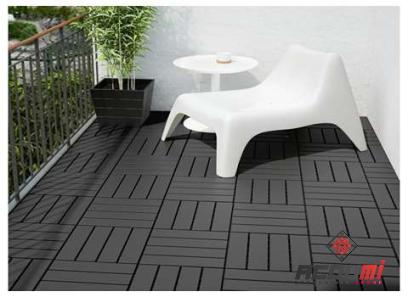
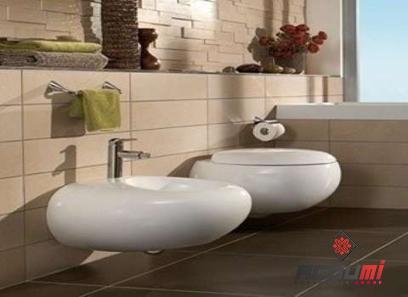
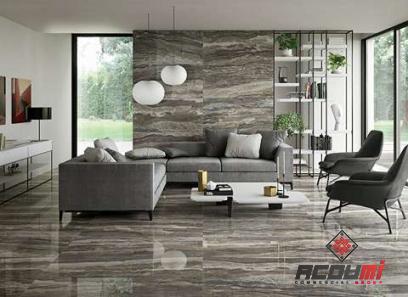

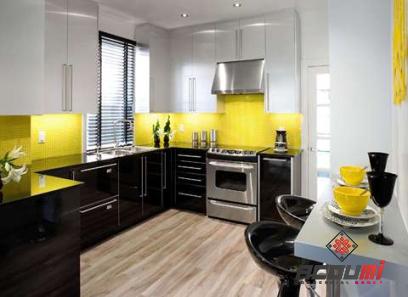

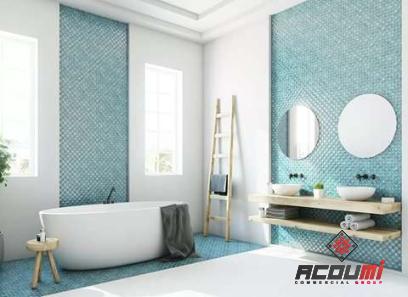
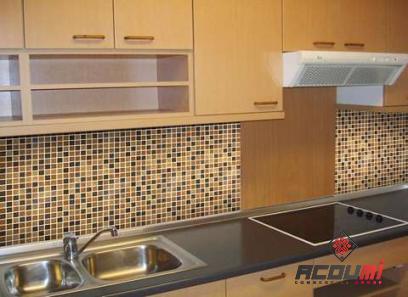
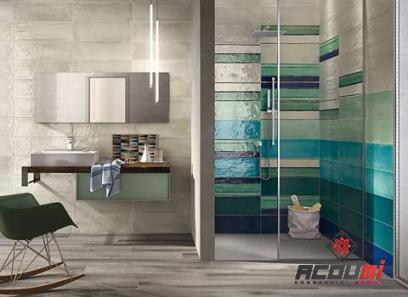
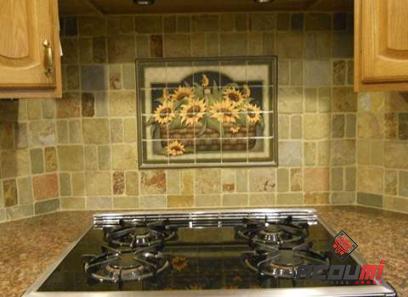
Your comment submitted.